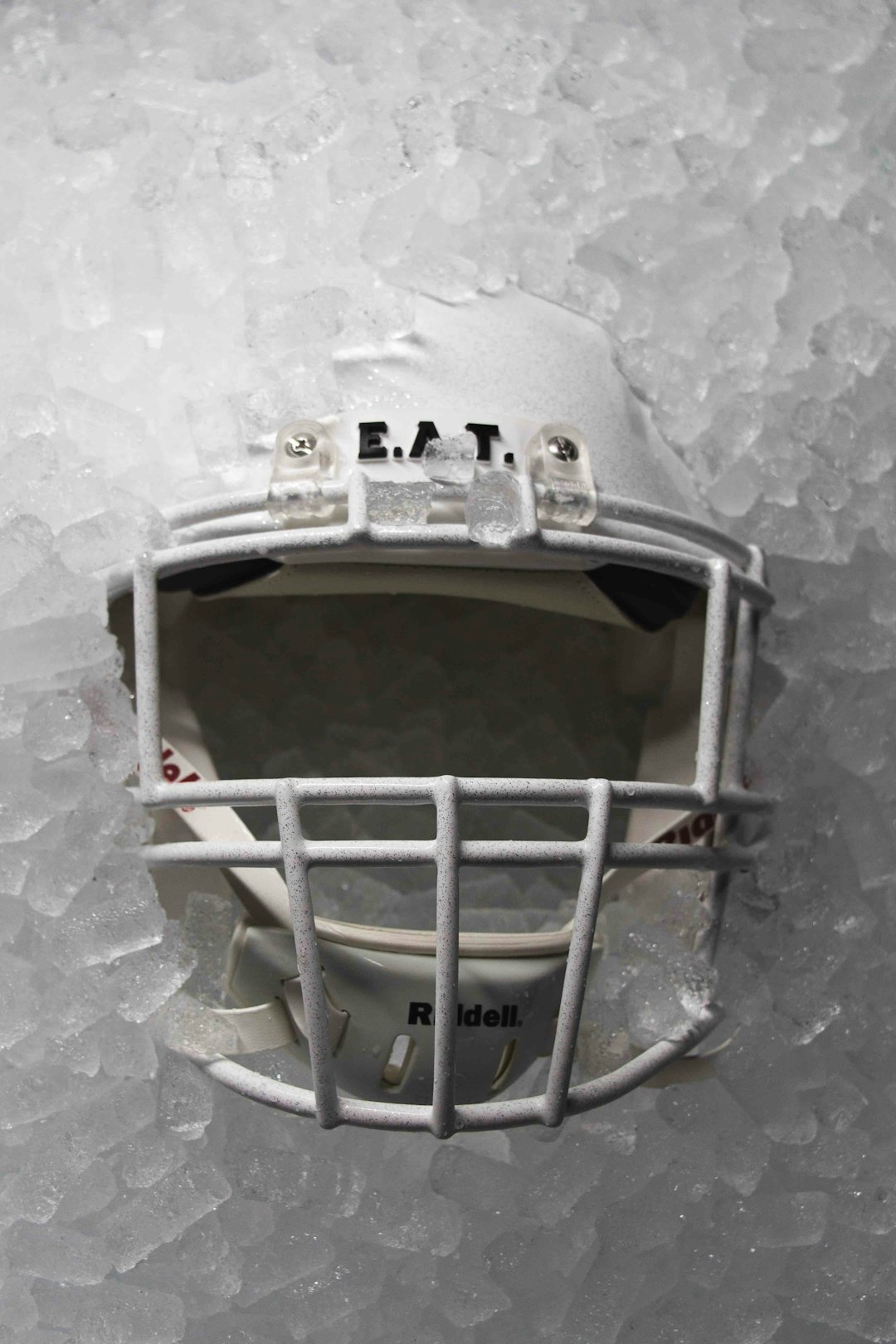Each autumn, millions of Americans gather around their screens or crowd into stadiums, cheering as players clash on the gridiron. While football is undeniably thrilling, there’s a darker side that too often gets overlooked: the growing crisis of concussions in U.S. football. As scientific evidence mounts, it’s becoming clear that the sport’s physical intensity can come at a devastating neurological cost. Even more surprising is how far technology—specifically artificial intelligence—is stepping in to change the game.
The Hidden Dangers Behind the Hits
Concussions are a type of traumatic brain injury caused by jolts or blows to the head. In football, where speed and impact are constant, concussions can happen in nearly any play. In fact, a study published in the journal JAMA Neurology revealed that over 24% of high school football players reported at least one concussion during a season. The numbers jump even higher at the collegiate and professional levels.
But the scariest aspect? Many concussions go undetected and unreported.
Why Concussions Are So Dangerous
- Invisible Symptoms: Concussions often don’t show up on standard brain scans like MRIs or CTs, making them tricky to diagnose.
- Cumulative Damage: Repeated concussions—especially without proper treatment—can lead to chronic traumatic encephalopathy (CTE), a degenerative brain disease.
- Delayed Effects: Symptoms like memory loss, anger management issues, depression, and reduced motor function can appear years after injuries occur.
The late NFL player Junior Seau, who tragically took his own life, was posthumously diagnosed with CTE. His case is just one among many that have triggered lawsuits, policy changes, and higher scrutiny across all levels of the sport.

Enter AI: The New Frontline Against Brain Trauma
While medical professionals still rely on human assessments, artificial intelligence is now revolutionizing concussion detection. Engineers and neuroscientists are collaborating to introduce AI-powered wearable technologies that can identify signs of head trauma in real-time.
This new generation of concussion detection tools includes:
- Smart Helmets: Equipped with pressure and motion sensors, these helmets send impact data to a connected system that flags potential concussions on the spot.
- AI Video Analysis: Systems analyze video footage of games using machine learning to identify high-risk collisions and players exhibiting abnormal behavior.
- Mobile Diagnostic Tools: Some startups have created smartphone apps that analyze speech patterns and balance tests to identify cognitive impairment immediately after a hit.
One notable system, developed jointly by researchers at Stanford and Duke, uses accelerometers and gyroscopes to study a player’s head movement. An AI algorithm then evaluates the severity of the impact and provides a “concussion risk score” within seconds.

Preventing Brain Injuries Before They Happen
Thanks to these advancements, coaches and medical staff can now make data-driven decisions about whether a player should return to the game. This fundamentally changes the response time and treatment accuracy compared to the traditional methods that depended on subjective self-reporting and limited sideline tests.
The introduction of AI in this area is doing more than just detecting injuries—it’s transforming overall safety protocols. High schools and colleges are adopting these technologies to proactively monitor players, and even the NFL is exploring mandatory use of AI-enhanced gear in practices and games.
The Road Ahead
Despite these advances, challenges remain. There are concerns about data privacy, system accuracy, and affordability. Some leagues and schools don’t have the budget to implement such high-tech solutions. However, as costs decrease and awareness grows, AI has the potential to become a game-changer in safeguarding players at every level.
Whether you’re a diehard football fan or someone with children playing in youth leagues, the reality of concussions is impossible to ignore. The collision of sports and technology is bringing much-needed solutions to the surface—and the hope is that, someday, these dangerous injuries will be a thing of the past.
